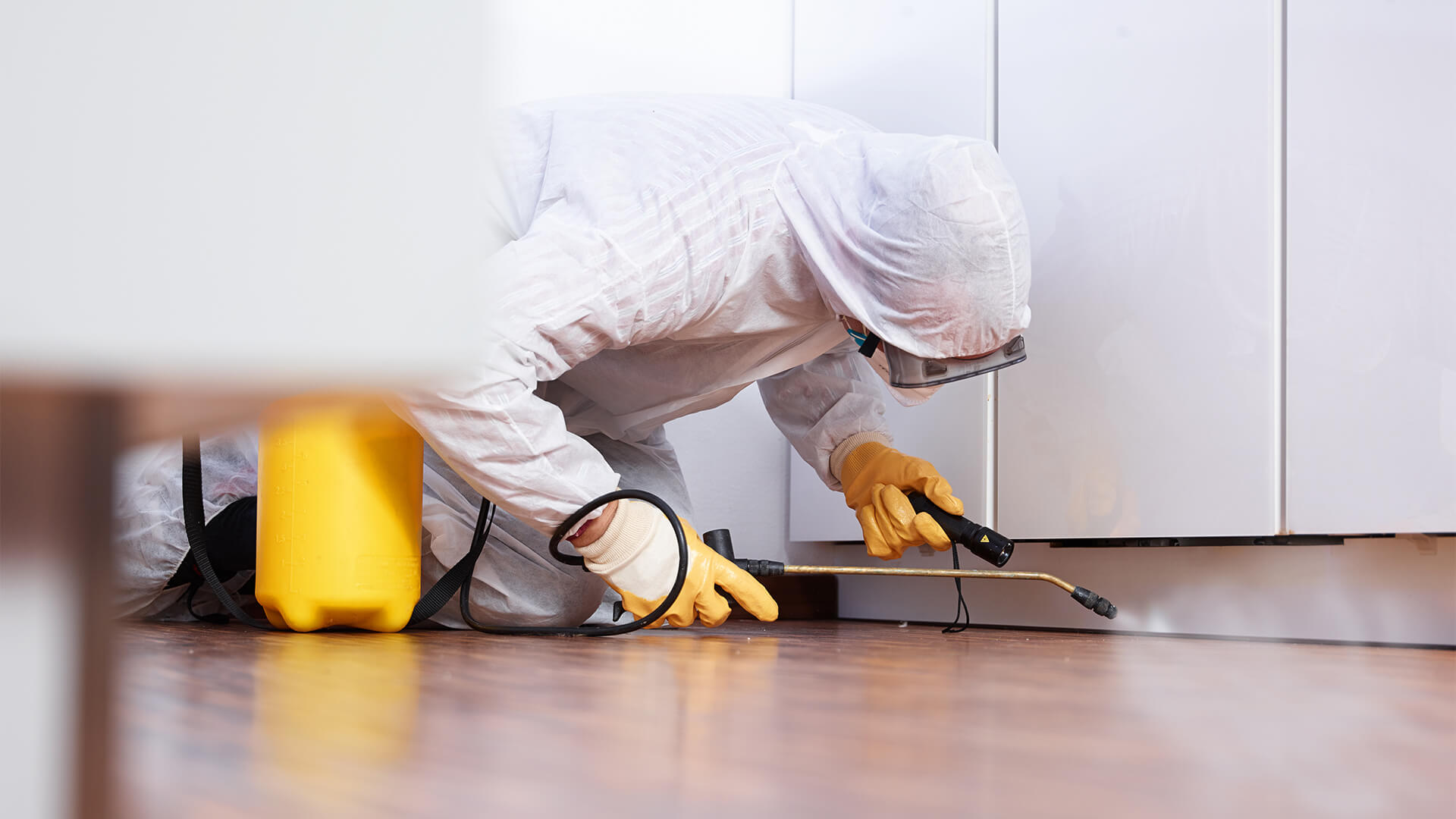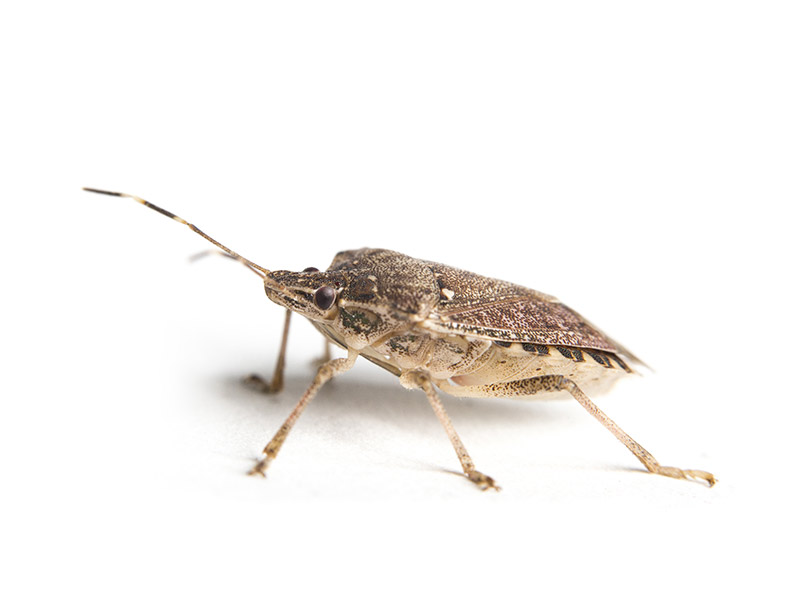Fast and efficient Pest Control for home protection.
Eco-Friendly Parasite Control Approaches for Managing Wildlife in Urban Areas
Urban areas frequently find themselves at the crossway of human task and wild animals, resulting in distinct obstacles in parasite administration. Green techniques emphasize lasting conjunction, employing strategies such as habitat alteration and all-natural repellents to mitigate human-wildlife conflicts. These strategies not just shield the atmosphere however also boost area engagement in wild animals management. As city populaces remain to expand, understanding the dynamics of wildlife interactions ends up being progressively critical. What ingenious techniques can be implemented to ensure both eco-friendly balance and metropolitan safety? Discovering this concern exposes an engaging landscape of potential remedies.
Comprehending Urban Wild Animals Characteristics
Recognizing Urban Wild animals Characteristics is vital for establishing reliable and eco-friendly parasite control strategies. Urban locations are significantly ending up being environments for numerous wildlife species, driven by factors such as habitat fragmentation, food schedule, and human advancement. Recognizing these characteristics permits a nuanced method to pest administration that aligns with environmental concepts.
Urban wildlife often includes types such as raccoons, squirrels, and birds, which adapt to city settings, locating particular niches in environment-friendly rooms, parks, and even houses. Their visibility can result in problems with people, especially when they manipulate human resources for food and shelter. Recognizing the behaviors and ecological roles of these varieties notifies methods that decrease adverse interactions while promoting biodiversity.
Additionally, recognizing the interdependencies within urban communities assists in identifying important locations for environment preservation and restoration. This expertise contributes to the growth of incorporated pest administration (IPM) techniques that take into consideration the eco-friendly equilibrium, therefore lowering dependence on hazardous chemicals. By fostering coexistence between human beings and urban wildlife, cities can develop healthier environments that benefit both homeowners and regional ecological communities, leading the way for lasting urban living.
Natural Repellents and Deterrents
Natural repellents and deterrents supply a lasting option to conventional parasite control techniques by utilizing the power of nature to keep undesirable species at bay. These environment-friendly services commonly make use of plant-based active ingredients, crucial oils, and various other naturally taking place materials that prevent pests without harming the environment.
One efficient natural repellent is peppermint oil, which is recognized to repel rodents and bugs. Its strong scent is undesirable to several bugs, making it a prominent option for metropolitan setups. Vinegar and citrus peels can serve as deterrents, as their solid odors are typically unappealing to numerous wild animals.
Additionally, diatomaceous planet is a natural powder that can be spread out in areas prone to pest task, effectively drying out and discouraging pests without presenting risks to non-target varieties. Garlic sprays and neem oil are acknowledged for their capacity to ward off a large variety of pests, including both pests and larger wild animals.
Implementing these all-natural repellents not only lowers reliance on chemical pesticides however additionally promotes a much healthier metropolitan ecosystem, promoting an extra balanced coexistence between human beings and wildlife. By using these strategies, urban areas can successfully take care of insect populaces while minimizing environmental effect.
Environment Alteration Techniques
Effective environment alteration strategies play an important role in sustainable insect management by altering the environment to make it much less helpful to pest infestations. By comprehending the ecological dynamics of urban locations, homeowner can apply critical modifications that discourage bugs while advertising biodiversity.
(Interior Pest Control)One key technique entails maintaining proper sanitation. This includes routine waste removal, protecting garbage bins, and eliminating standing water to reduce breeding sites for insects and rodents. Additionally, landscape design techniques such as picking indigenous plants can boost eco-friendly equilibrium, giving environments for advantageous organisms while reducing resources for insects.
Another essential method is to secure entrance factors in structures. Inspecting and fixing fractures in foundations, wall surfaces, and windows can considerably reduce insect access. In addition, producing physical barriers, such as fencings or plant buffers, can hinder wild animals motion right into human-inhabited areas.
Integrated Parasite Administration Practices
Structure upon habitat adjustment techniques, incorporated pest monitoring (IPM) practices use a holistic strategy to managing insect populaces while minimizing ecological influence. IPM integrates numerous techniques, consisting of biological, social, mechanical, and chemical controls, to achieve efficient parasite management.
Biological control includes the intro of read what he said natural predators or bloodsuckers to lower insect populaces. Social methods, such as plant rotation and cleanliness, interfere with pest life process and diminish their habitats - Pest Control. Mechanical controls, like traps and obstacles, give immediate remedy for bug stress without chemical treatment
Chemical controls are utilized as a last option, concentrating on targeted applications that restrict injury to non-target species and the environment. The selection of ecologically pleasant pesticides, when required, is integral to the IPM framework. Furthermore, monitoring pest populations and evaluating prospective damages helps educate decision-making, ensuring that interventions are timely and efficient.
Community Involvement and Education

(Wildlife removal Port Charlotte)Workshops and informative sessions can outfit residents with knowledge about indigenous varieties, environment conservation, and efficient safe parasite administration methods. Partnership with schools, local companies, and federal government firms better boosts academic outreach, guaranteeing that vital information gets to varied audiences.
Additionally, community-led efforts, such as neighborhood clean-up days and environment repair jobs, not just advertise biodiversity however additionally enhance community connections. Pest control service. By encouraging homeowners to share their experiences and monitorings, communities can develop targeted methods that resolve certain local parasite issues
Including comments from homeowners into pest administration plans makes it possible for a more receptive and adaptive approach to wild animals difficulties. Inevitably, notified and involved communities are vital to accomplishing long-lasting success in environmentally friendly parasite control, resulting in much healthier urban atmospheres that respect both human and environmental requirements.

Final Thought
In conclusion, environmentally friendly pest control comes close to deal sustainable solutions for taking care of city wild animals. By focusing on habitat modification, making use of natural repellents, and executing incorporated bug administration methods, communities can foster an unified coexistence with neighborhood fauna.